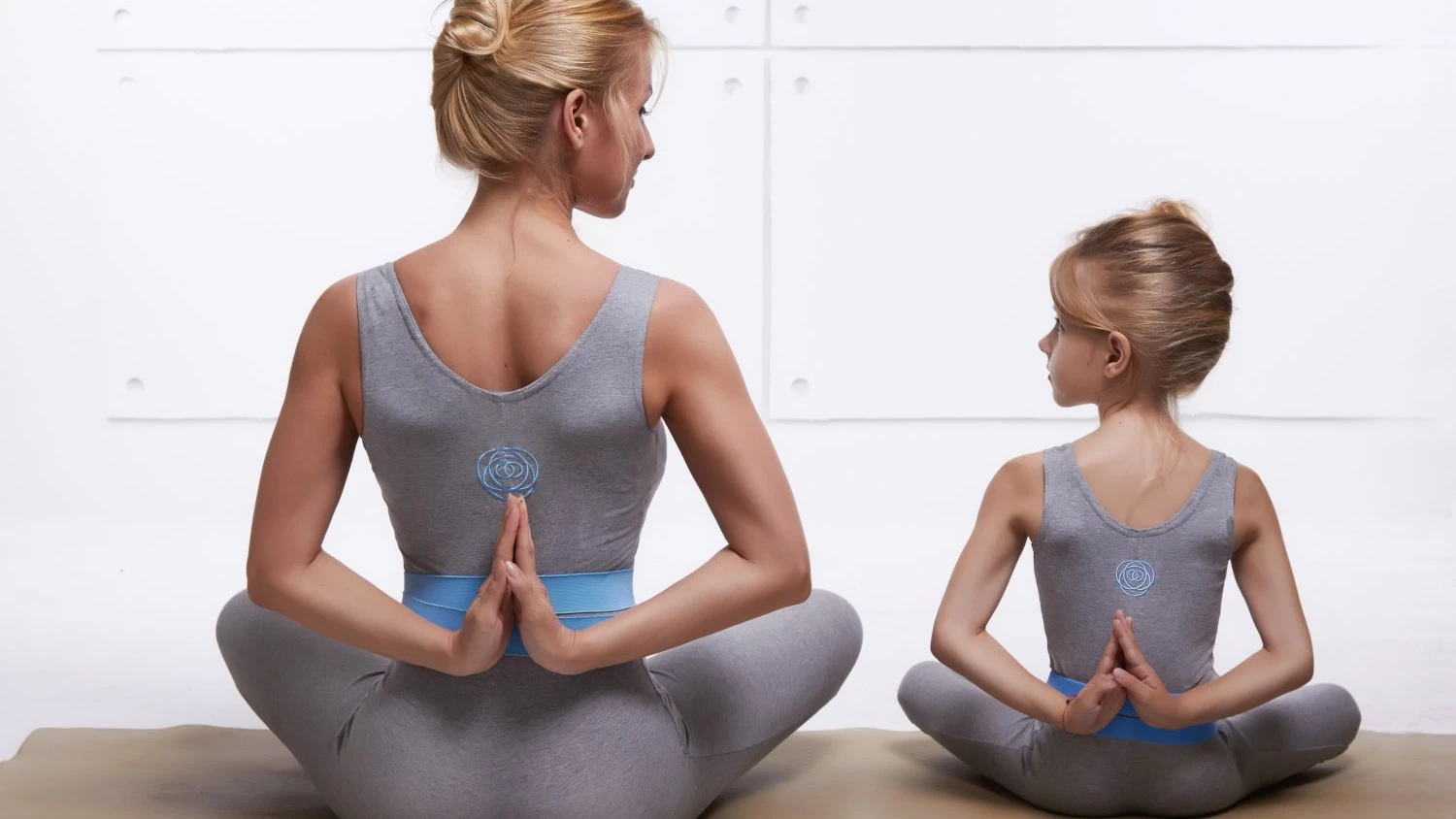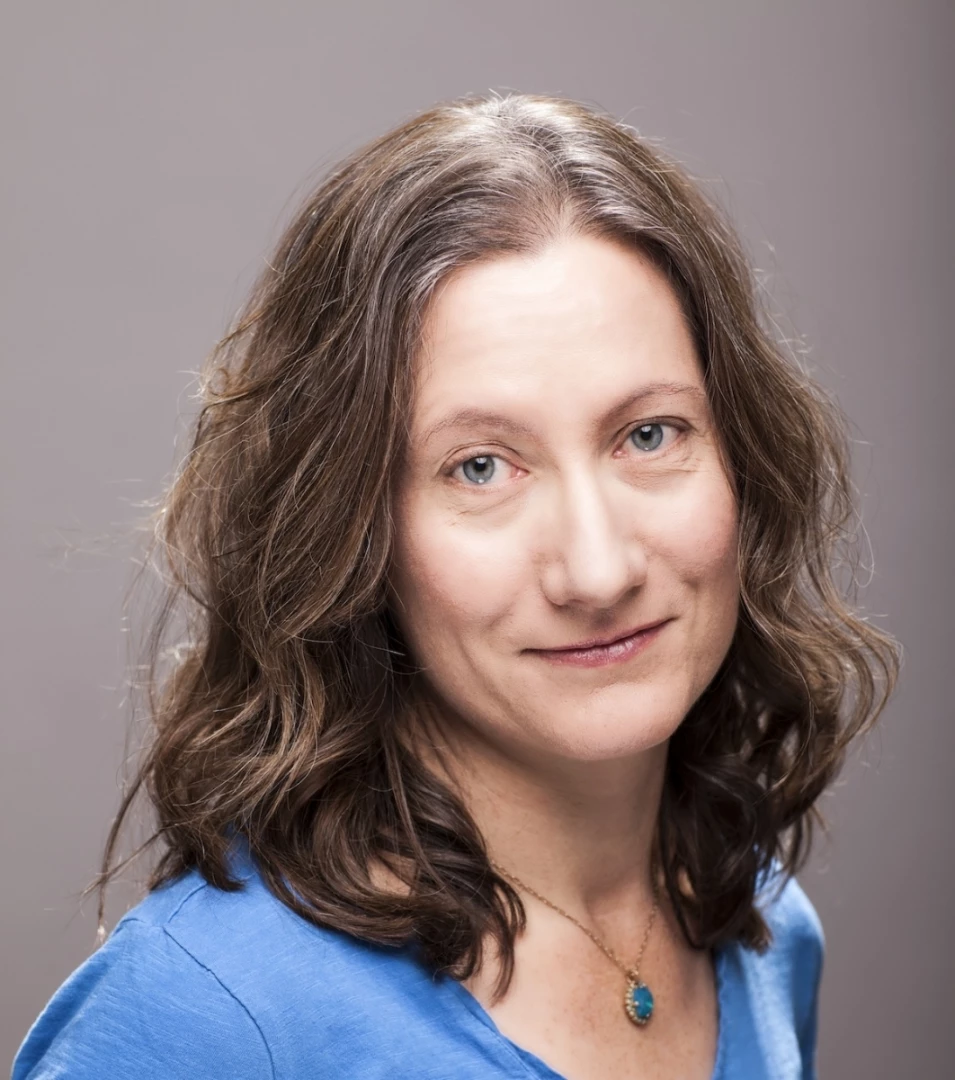Yoga on Trial: Encinitas and the Need for a New Paradigm

The legal battle unfolding in Encinitas over the constitutionality of teaching yoga in public schools is now on hiatus; the San Diego Superior Court will resume hearings in late June. At this point, it’s impossible to predict the outcome of the trial. It’s a good time, however, to pause and reflect on what we may or may not be learning in the course of this historically unprecedented case.
The Encinitas lawsuit against yoga in schools is a complex mélange of legal, political, historical, educational, cultural, and religious issues. While the long-term impact of the case remains to be seen, it will likely frame the debate over yoga in schools going forward. Beyond the status of the Encinitas program itself, the question of whether yoga can be successfully integrated into important social institutions such as schools, hospitals, and prisons is extremely timely, as the movement to do so has been growing exponentially in recent years.
Yet as this trial demonstrates, critical questions about the nature of yoga and its legitimate place in public institutions are only starting to be asked. And unfortunately, the most important issues raised in the Encinitas case have been very poorly addressed to date.
Rather than acknowledging the complexity of the legal, educational, cultural, and religious issues in play, the opposing parties have squared off into narrowly defined and sharply polarized camps. Each is equally committed to defending an overly simplistic, one-dimensional paradigm that leaves little, if any room for nuance, compromise, or finding a much-needed middle ground.
Hopefully, the presiding judge will decide the case in a way that parses the issues presented much more finely. Because if he sticks with the paradigms presented so far, it won’t be good either for yoga, public education, or our collective health and well-being.
Exercise or Religion?
As it stands, the plaintiffs in the case – a group of aggrieved parents led by Stephen and Jennifer Sedlock – have been arguing that yoga is inherently religious, and consequently unconstitutional to teach in public schools. In response, the Encinitas Union School District (EUSD) is insisting that yoga is exercise, pure and simple.
And that (ridiculous as it may seem to anyone who knows anything about yoga) is essentially it: Yoga is either religion or exercise! Take your pick.
When presented with such one-dimensional positions, anyone with a reasonably informed understanding of contemporary American yoga would immediately respond that yoga is neither simply exercise, nor inherently religious. For most regular yoga practitioners, it’s beyond obvious that yoga is a multidimensional practice that’s much more complex, nuanced, and adaptable than either of these simplistic (not to mention, profoundly polarized and polarizing) positions permits.
In our culture, yoga is commonly described as a “mind-body-spirit” practice. True, this phrase is used very casually, and lacks clear definition. Nonetheless, it communicates the fact that yoga as we know it today is a richly multidimensional practice.
Yoga in America is alternately understood and experienced as exercise, fashion trend, self-improvement technique, physical therapy, stress reducer and/or spiritual practice. There’s a huge variety of yoga methods, classes, teachers, and practitioners. There are radically different – and in many cases, sharply opposing – approaches to the practice. To boil such a remarkable degree of diversity down into an argument over whether yoga is “exercise or religion” would seem ridiculous, if it weren’t already being taken seriously in a court of law.
Mind, Body – and Spirit?
Of course, it’s the “spiritual” part of this mind-body-spirit picture that presents the problem. In this case, the EUSD wants to deny it exists (or equate it with something akin to a “runner’s high”). Meanwhile, the Sedlocks and their supporters want to subsume this vague term of “spirit” into a made-up category of “yoga religion” that simply doesn’t exist in the real world.
In 15 years of practice, as well as several spent studying contemporary yoga in the course of researching my recent book, the only striking pattern I’ve seen with regard to the “spiritual” side of yoga is that it’s extremely variable and undefined.
I’ve met many people who take their practice very seriously who would never describe it as “spiritual.” Alternatively, I’ve found that those who do see yoga as “spiritual” can’t really explain what they mean by that well. Most significantly for the purposes of this case, I’ve also become convinced that a solid majority of American practitioners simply aren’t interested in the spiritual side of yoga at all.
Yoga Journal’s 2012 market study, which offers the best data available on the American yoga “industry,” backs up this observation. When asked to report the top reasons they practice yoga, a representative sample of the American population replied as follows: “increase flexibility” (68%), “stress relief” (62%), “improve physical health” (61%), “enjoy class” (“57%), “improve mental health” (51%), “increase strength” (50%), “physical fitness” (50%), “weight loss” (31%), and – last but not least – “spiritual development” (30%).
Particularly given that the term “spiritual” is extremely elastic and vague, the fact that only 30% of American practitioners cite “spiritual development” as a reason to practice belies the claim that yoga is “inherently religious.” However, it also counters the assertion that yoga is “simply exercise.” As these data indicate, American yoga is a diverse phenomenon. While most commonly prized for its physical benefits, it’s also valued for its psychological effects – and, in a solid minority of cases, as some sort of undefined “spiritual practice.”
Finding a Middle Ground
If it’s understandable why the conflict in Encinitas arose, the fact that it’s polarized into the two simplistic positions of “yoga is religious” versus “yoga is exercise” is problematic. Both are grossly inaccurate ways of describing the variety and complexity of American yoga. Plus, they are polarizing positions that encourage people to dismiss each other’s concerns out of hand, torpedoing potential conversation and compromise.
To stick with the polarizing paradigms presented in the Encinitas case could potentially undercut the growing trend toward teaching yoga in schools and other publically funded institutions. This would be terrible, as it’s an important movement that offers much of value to not only to our children, but society at large.
It’s particularly stupid to stick with these simplistic positions given that both parties agree that the public schools have no business directing kids’ spiritual and/or religious development. Rather than fighting over one-dimensional definitions of what yoga supposedly is or is not, they should be working together to develop classes that are appropriate for a public school setting. As such, the yoga taught should not only enhance children’s physical and psychological health and well-being, but also respect the diverse religious commitments of a multicultural society.
Hopefully, Judge Meyer will write an opinion that recognizes the legitimate concerns of both parties, but rejects the one-dimensional nature of their positions. Ideally, the Encinitas case will contribute to a productive conversation about how best to adapt the ever-evolving practice of yoga to meet the needs and concerns of our troubled and unhealthy society. Rather than reigniting the culture wars, we need to reach across the fault-lines of our deeply divided body politic, finding ways to continually re-create yoga as the healing, unifying, and empowering practice that it can and should be.
Many thanks to Gary Warth, reporter for the U-T San Diego, for being so generous with his time in answering my questions about the case. All views expressed in this article represent those of the author alone.
 Carol Horton, Ph.D., is the author of Yoga PhD: Integrating the Life of the Mind and the Wisdom of the Body (Kleio Books, 2012); and Race and the Making of American Liberalism (Oxford University Press, 2005). She is also the co-editor (with Roseanne Harvey) of 21st Century Yoga: Culture, Politics and Practice (Kleio Books, 2012). Carol holds a doctorate in Political Science from the University of Chicago, served on the faculty at Macalester College, and has extensive experience as a research consultant specializing in issues affecting low-income children and families. A Certified Forrest Yoga teacher, Carol teaches yoga to women in the Cook County Jail with Yoga for Recovery, and at Chaturanga Holistic Fitness in Chicago. To learn more, visit her website at carolhortonphd.com.
Carol Horton, Ph.D., is the author of Yoga PhD: Integrating the Life of the Mind and the Wisdom of the Body (Kleio Books, 2012); and Race and the Making of American Liberalism (Oxford University Press, 2005). She is also the co-editor (with Roseanne Harvey) of 21st Century Yoga: Culture, Politics and Practice (Kleio Books, 2012). Carol holds a doctorate in Political Science from the University of Chicago, served on the faculty at Macalester College, and has extensive experience as a research consultant specializing in issues affecting low-income children and families. A Certified Forrest Yoga teacher, Carol teaches yoga to women in the Cook County Jail with Yoga for Recovery, and at Chaturanga Holistic Fitness in Chicago. To learn more, visit her website at carolhortonphd.com.



